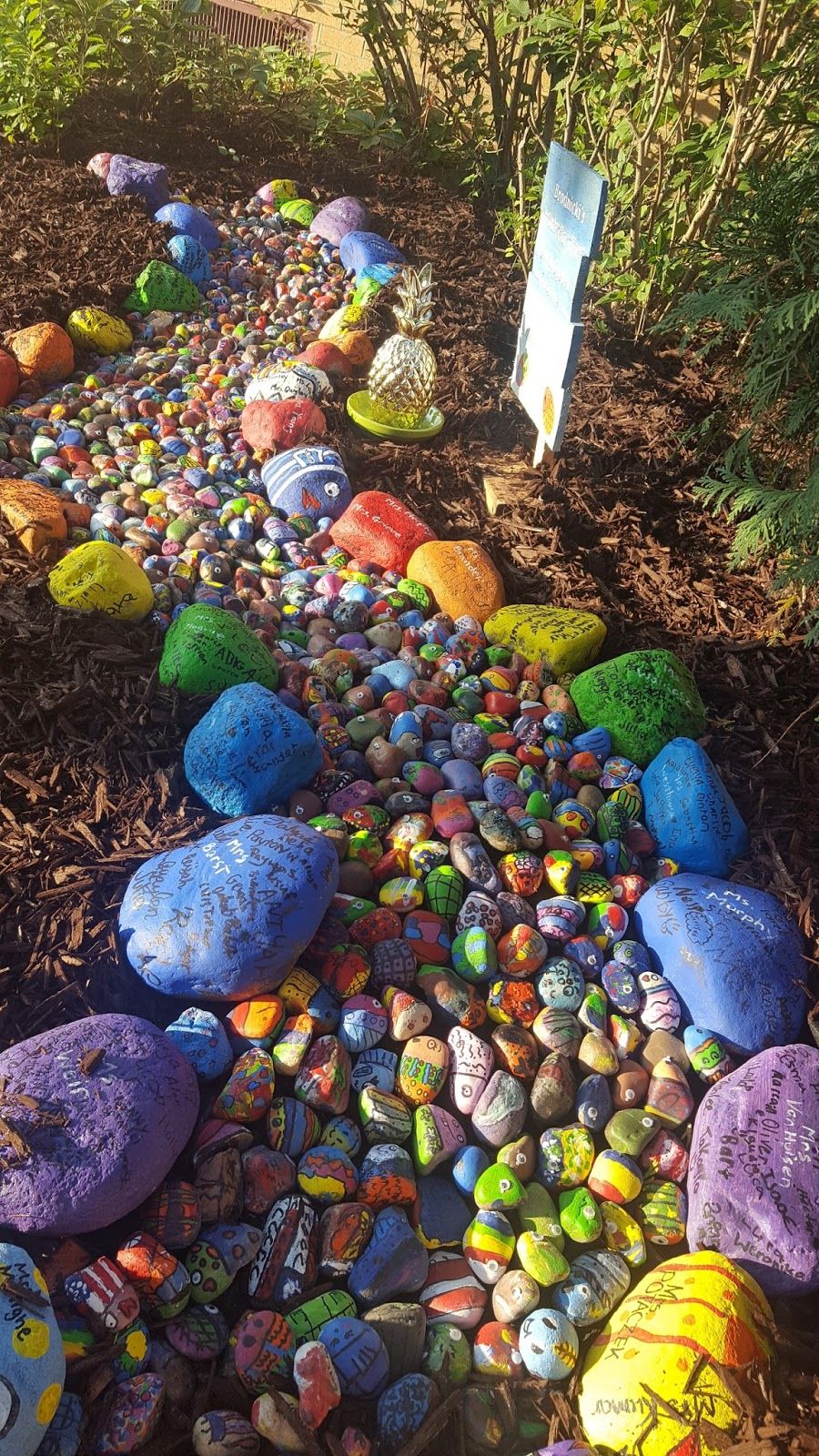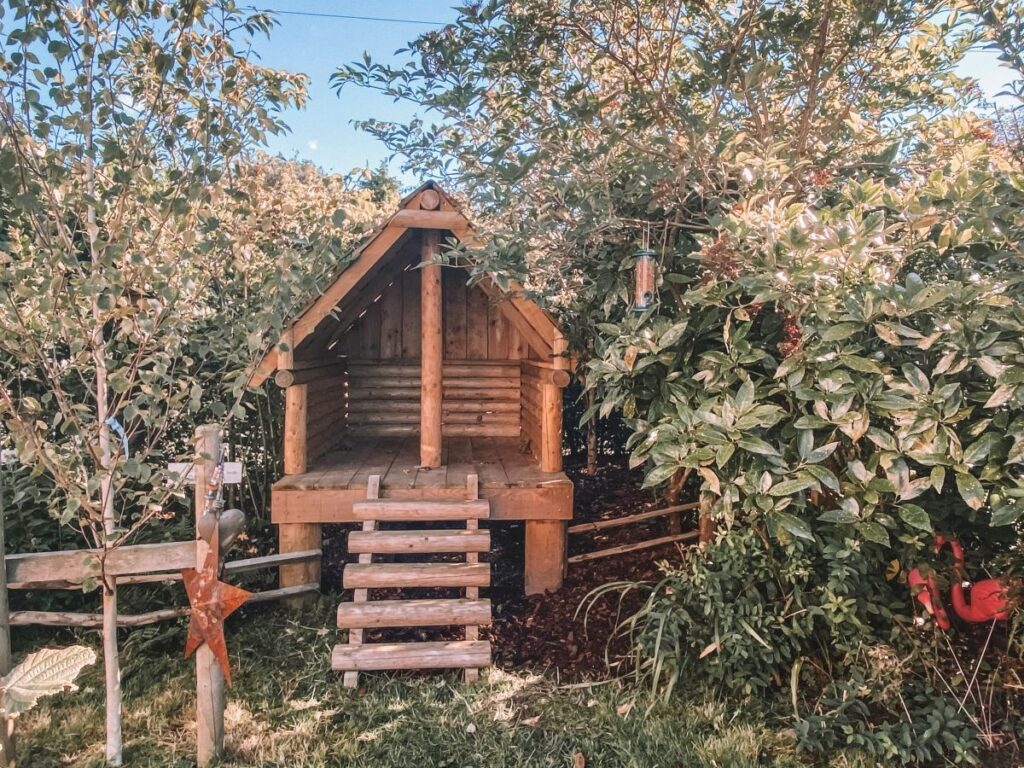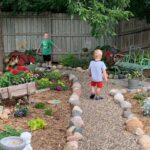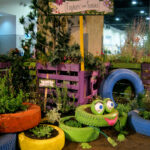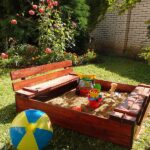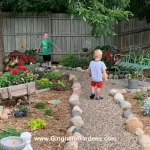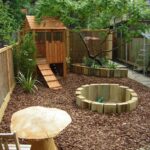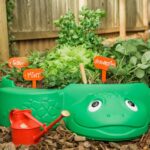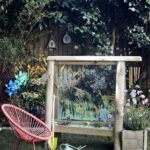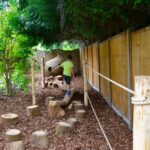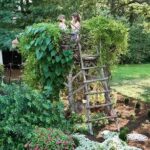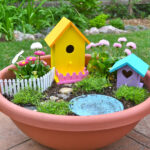Children’s gardens are a wonderful way to foster a love of nature and encourage creativity in young minds. Creating a space where children can interact with the outdoors and learn about the environment is not only educational but also fun. There are many creative and engaging ideas for children’s gardens that can be tailored to suit the interests and abilities of any child.
One popular idea for a children’s garden is a fairy garden. These magical miniature landscapes can be created in containers or small plots of land and are sure to capture the imagination of any child. Children can plant tiny flowers, build fairy houses, and create enchanted pathways for their fairy friends to wander through. Fairy gardens are a great way to teach children about gardening and provide them with a sense of ownership and pride in their own little piece of nature.
Another fun and educational children’s garden idea is a vegetable garden. Not only does growing their own vegetables teach children about where their food comes from, but it also encourages healthy eating habits and fosters a sense of responsibility. Children can help plant seeds, water plants, and harvest the produce when it is ready. They will be delighted to see the fruits of their labor and may even develop a newfound appreciation for fresh, homegrown vegetables.
Sensory gardens are another popular idea for children’s gardens. These gardens are designed to stimulate the senses through a variety of plants and features. Children can touch and smell different textures and scents, listen to the sounds of rustling leaves and chirping birds, and taste the flavors of edible plants. Sensory gardens are a great way to engage children with nature and help them develop a deeper connection to the environment.
For children who love to get their hands dirty, a mud kitchen can be a fantastic addition to a children’s garden. A mud kitchen is a space where children can play and explore with mud, water, and natural materials. They can mix potions, bake mud pies, and create messy masterpieces to their heart’s content. A mud kitchen encourages imaginative play, sensory exploration, and outdoor creativity.
One more idea for a children’s garden is a butterfly garden. By planting flowers that attract butterflies, children can observe these beautiful creatures up close and learn about their life cycle and behavior. Butterfly gardens are not only visually stunning but also provide important habitat for pollinators. Children can plant nectar-rich flowers, create butterfly feeders, and learn how to spot different species of butterflies. It’s a great way to teach children about the interconnectedness of the natural world and the importance of conservation.
